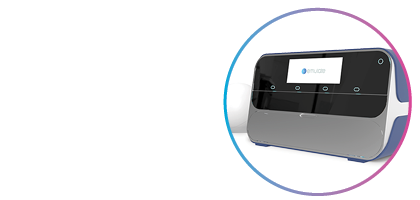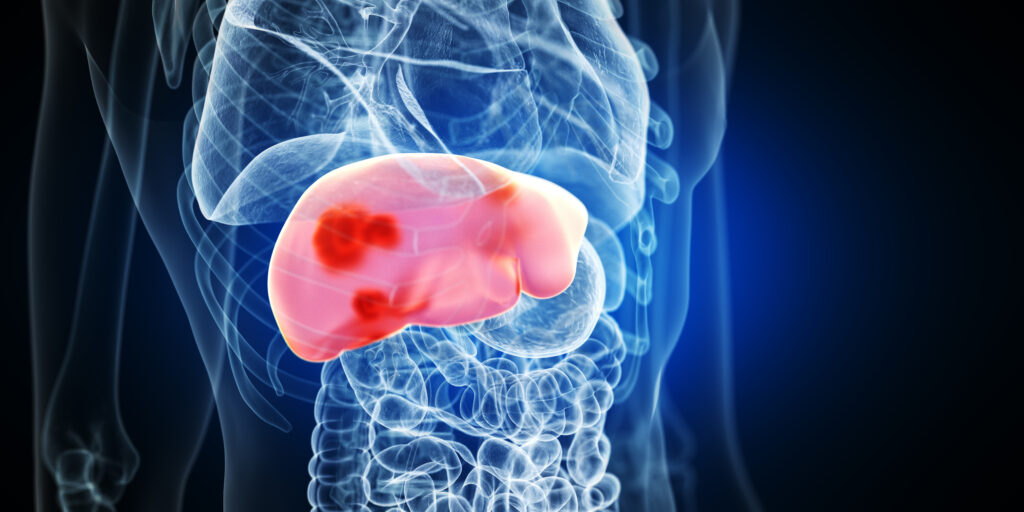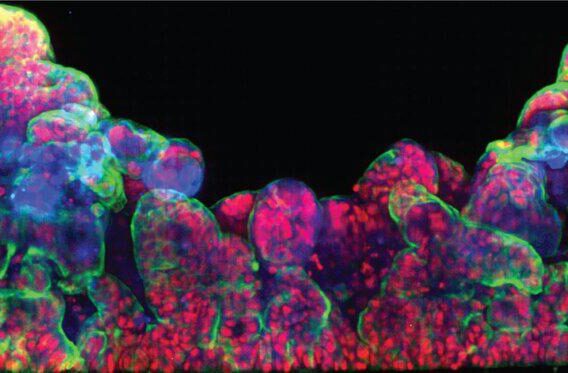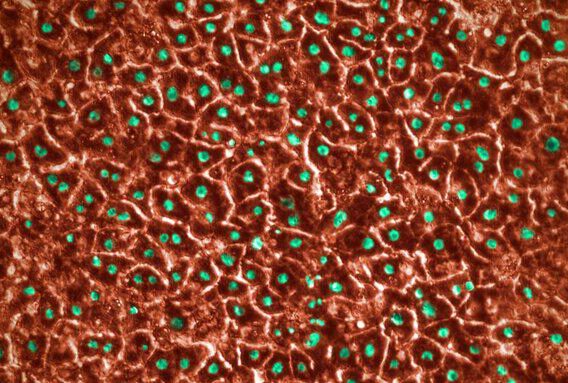Drug-induced liver injury (DILI) remains a persistent challenge in drug development, endangering patient safety and delaying the availability of critical therapies. Just days ago, the FDA issued a warning about Ocaliva (obeticholic acid), a treatment for primary biliary cholangitis, after reports of severe liver injury in patients without pre-existing cirrhosis. Among 81 patients treated with Ocaliva, seven required liver transplants compared to just one in the placebo group, and four patients died versus one death in the placebo group.
Unfortunately, Ocaliva is far from an isolated case. On December 6th, BioAge Labs announced the discontinuation of its STRIDES Phase I trial for Azelaprag, a promising obesity drug candidate, due to unexpected liver safety concerns. While Azelaprag initially showed potential to improve patient outcomes, concerns arose after 11 individuals in the treatment groups experienced elevated liver enzyme levels.
These recent incidents add to the growing list of drugs derailed or delayed due to liver toxicity concerns, underscoring the persistent shortcomings of traditional preclinical models—such as animal studies and 2D cell cultures—which often fail to predict human liver toxicity with the accuracy needed to ensure patient safety.
Together, these cases emphasize the urgent need for more predictive preclinical models. More human-relevant approaches, like Organ-on-a-Chip technology, can help bridge the gap, offering a more accurate, human-centered approach to mitigate the risks of DILI and support safer drug development.
Unpredicted DILI: A Persistent Patient Safety Concern
Unexpected cases of DILI continue to pose significant risks to patients and disrupt drug development. Since January 2022, at least eleven clinical trials or marketed drugs have reported DILI, with some resulting in patient deaths.
Recent examples include:
- TNG348 (2024): Development of this USP1 inhibitor for cancer was halted after a Phase I/II study revealed grade 3 and life-threatening grade 4 liver function abnormalities after eight weeks of treatment.
- Evobrutinib (2023): This Bruton tyrosine kinase (BTK) inhibitor for multiple sclerosis had its Phase III trials partially paused due to two cases of liver injury markers indicative of DILI.
- Tolebrutinib (2022): Another BTK inhibitor for multiple sclerosis faced a partial clinical hold following DILI reports, including a case where a patient required a liver transplant and later died from complications.
- Lumakras (sotorasib) in combination therapy (2022): In Phase Ib trials, combining this KRAS G12C inhibitor with immune checkpoint inhibitors like Keytruda or Tecentriq led to severe liver toxicity in 50% of patients, halting further combination studies.
These examples highlight the pressing need for predictive models that better replicate human liver biology, reducing the risk of such severe outcomes.
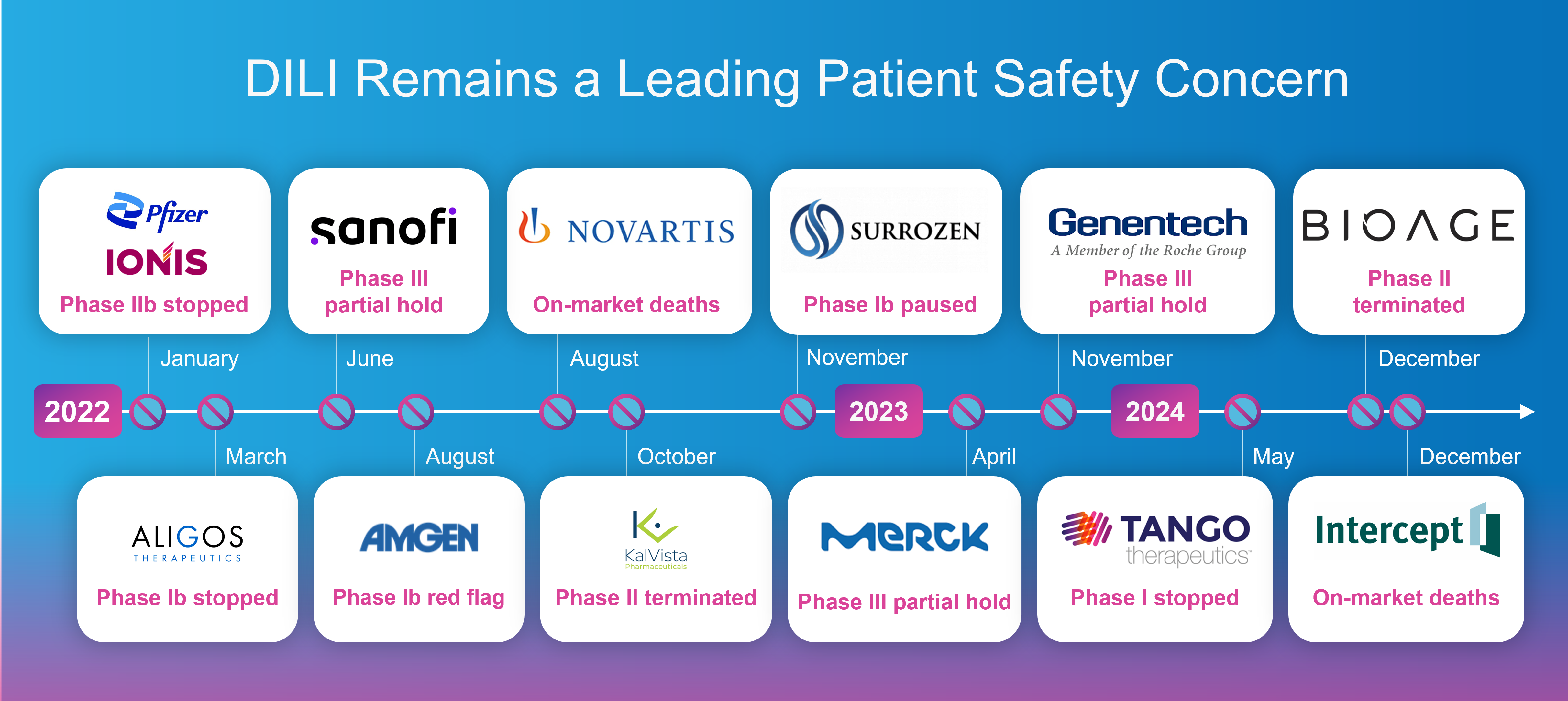
Why conventional models fall short in predicting liver injury
Traditional preclinical models fail to emulate the complexity of the human liver, limiting their ability to predict toxicity effectively, leaving patients vulnerable to unanticipated adverse events, and delaying the development of life-saving therapies.
Conventional model limitations include:
- Animal Models: Differences in metabolism, immune responses, and drug transport mechanisms between species result in poor translation to human biology. Key contributors to DILI, like cytochrome P450 variability and immune-mediated hepatotoxicity, are often misrepresented in animals.
- 2D hepatocyte cultures: These static systems lack cell-cell interactions, media flow, and mechanical forces, leading to a rapid loss of liver-specific functions and poor sensitivity in predicting DILI.
- 3D Organoids and Spheroids: While these technologies improve cellular organization, they lack essential features like vascularization and mechanical forces, making it challenging to model the biological complexity of the human liver sinusoid.
A paradigm shift toward more human-relevant preclinical models is urgently needed to bridge these gaps and ensure better outcomes for patients.
The Emulate Liver-Chip: A Human-Relevant Solution
To address the persistent challenge of drug-induced liver injury (DILI) and the limitations of traditional preclinical models, the Emulate Liver-Chip provides a human-relevant platform for assessing hepatotoxicity. By incorporating primary human liver cells in a dynamic Organ-Chip microenvironment, the Liver-Chip enables researchers to generate predictive and mechanistic insights that can improve drug safety assessments, helping to mitigate risks like those recently observed with Ocaliva, Azelaprag, and other therapies.
High Predictive Accuracy
In a study published in Communications Medicine, the Liver-Chip S1 demonstrated exceptional predictive accuracy, achieving a sensitivity of 77% and specificity of 100% across 27 small molecule drugs tested on a single donor. It effectively distinguished all seven pairs of hepatotoxic drugs and their non-toxic structural analogs, such as trovafloxacin and levofloxacin. When an additional donor was tested on 18 small molecule drugs, combining both datasets improved sensitivity to 87% while maintaining 100% specificity. These results are nearly double the sensitivity of 3D hepatic spheroids (47%) for the same drugs, emphasizing the Liver-Chip’s superior predictivity.
Mechanistic Insights
The Liver-Chip goes beyond prediction, providing insights into the mechanisms of liver injury. Its design includes hepatocytes, Kupffer cells, stellate cells, and endothelial cells, enabling cell-cell interactions that reveal pathways of damage. Researchers can measure albumin production and ALT release to track functionality and injury, while imaging highlights morphological changes, apoptosis, mitochondrial dysfunction, and lipid accumulation. These mechanistic insights empower researchers to understand how drugs cause liver toxicity, enabling earlier and more targeted design updates to improve drug safety.
Regulatory Alignment
In September 2024, the Liver-Chip S1 became the first Organ-on-a-Chip technology accepted into the FDA ISTAND Pilot Program. While not yet fully qualified, this milestone underscores the potential of the Liver-Chip S1 as a future standard for liver toxicity assessment in regulatory submissions, providing a more reliable basis for evaluating drug safety.
Why the Liver-Chip Matters
The ongoing issues with drug-induced liver injury, exemplified by Ocaliva, Azelaprag, and other recent cases, highlight the critical need for innovative tools that prioritize patient safety. The Emulate Liver-Chip directly addresses these challenges, offering a human-relevant platform that bridges the gap between preclinical testing and clinical outcomes. By enhancing the prediction of hepatotoxicity, providing detailed mechanistic insights, and aligning with evolving regulatory frameworks, the Liver-Chip supports safer and more efficient drug development.
With this technology, the pharmaceutical industry can move beyond the limitations of outdated models, helping to prevent future DILI-related incidents, reduce patient risks, and accelerate the availability of life-saving therapies.
Learn More
For more information on how the Liver-Chip can enhance preclinical workflows and improve drug safety, download the Liver Toxicology White Paper. This resource demonstrates how Emulate Organ-Chips can advance toxicity prediction to support the development of safer therapies and better protect patients.
